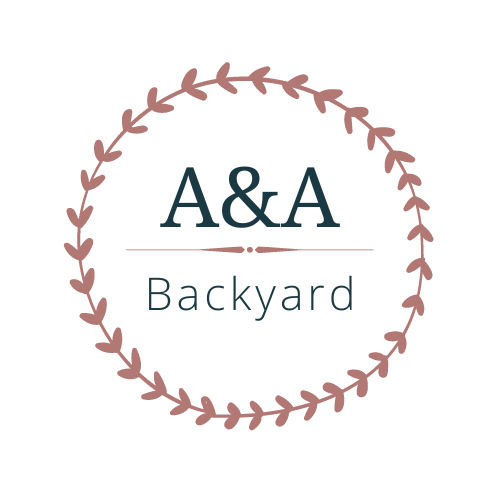In the dead heat of summer, I usually get super focused on keeping my garden alive to bear a summer harvest. Daily watering, fertilizing, fending off pests, and picking rip green beans and tomatoes keep you busy. However, now is the time to prepare your raised garden beds for a fall harvest, extending your growing season.
I’ll share what I’m doing to prepare my raised garden beds, what I’m planting for fall, and some of my tips and tricks.

Maintaining Soil Conditions in Raised Garden Beds
Watering
I’ve found my raised garden beds dry out so quickly in the summer. Well-rooted plants can reach down deep into the beds to find water. However, seeds need constant moisture to germinate. Seedlings and transplants need plenty of water to develop their roots. Also, very dry soil is harder to rehydrate.
Before fall planting, make sure your raised garden beds are well hydrated. I like to get a sprinkler that covers all my beds and let it run for about 20 mins a day. I’ve also installed drip irrigation, but I’m waiting to see how well it works.
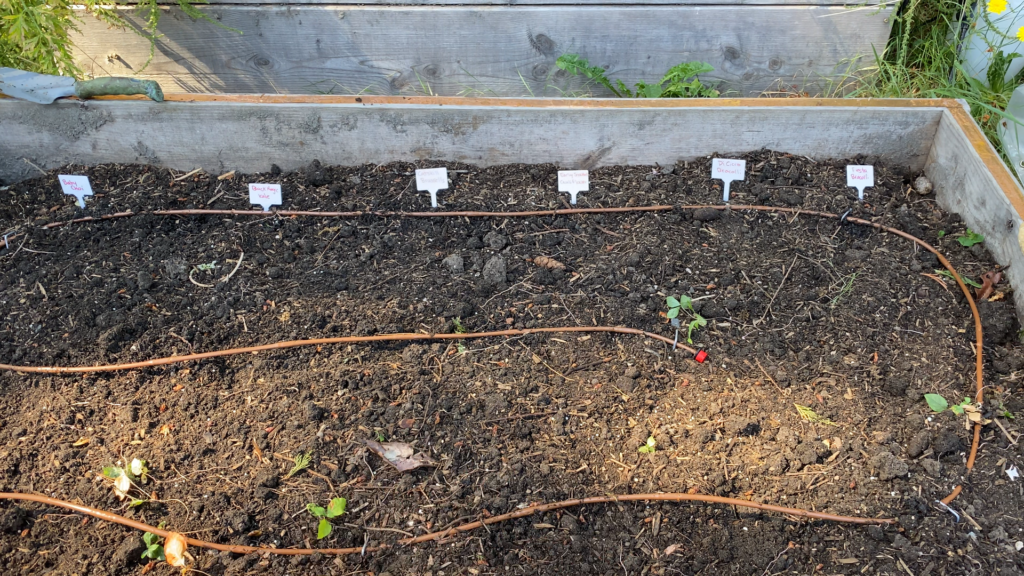
Soil Amendments
You may need to amend your soil after a long summer. I originally filled half my beds with garden bed soil from a big box store. The other half got a bulk mix of half sandy/native dirt and half compost. Throughout all my beds, I’ve noticed a drop in elevation of the soil. Part of the loss is compaction, part is erosion, and part is the soil being used up.
In the sandy half of my raised garden beds, I tilled in some compost and broke up some of the larger clumps in the soil. In the other half, I just added some more garden soil, raking it lightly into the older soil.

In the future, I plan to use more of a no-dig or no-till method in my raised garden beds, which I wrote about in this post.
Crop Rotation
Even if you add soil amendments, your soil may need additional nutrients. Especially if you do not practice crop rotation, your soil may be depleted. In crop rotation, you change what types of crops you grow in the garden bed each time you plant.
Heavy feeders include plants like tomatoes, broccoli, cucumbers, corn, etc., which use a lot of nitrogen from the soil. Planting nitrogen fixers, like beans and peas, can add nitrogen back to the soil. Check out this post by my friend at Better Hens and Garden for more about crop rotations.
I cannot always follow crop rotation strictly, so I like to test my soil, then add targeted fertilizer or special compost.
Planting for Fall Harvests in Puget Sound’s Zone 8b
Summer usually shows up late in the Pacific Northwest, but thankfully in zone 8b, our first frost isn’t until November. Our last frost is April 7, giving us a growing season of 213 days. With raised garden bed covers and my greenhouse, I can extend that growing season by 3-6 weeks or more on each end.
People often joke that summer doesn’t start until July 5th. That means that in the middle of August, we feel like summer has only just begun! However, many crops take a minimum of 40-50 days from germination for harvest (for early varieties), while others take 60-90-110 days. A crop planted in mid-August might germinate towards the end of the month. If the variety is a 60-day variety, I could expect a fall harvest toward the end of October, close to my first frost date.
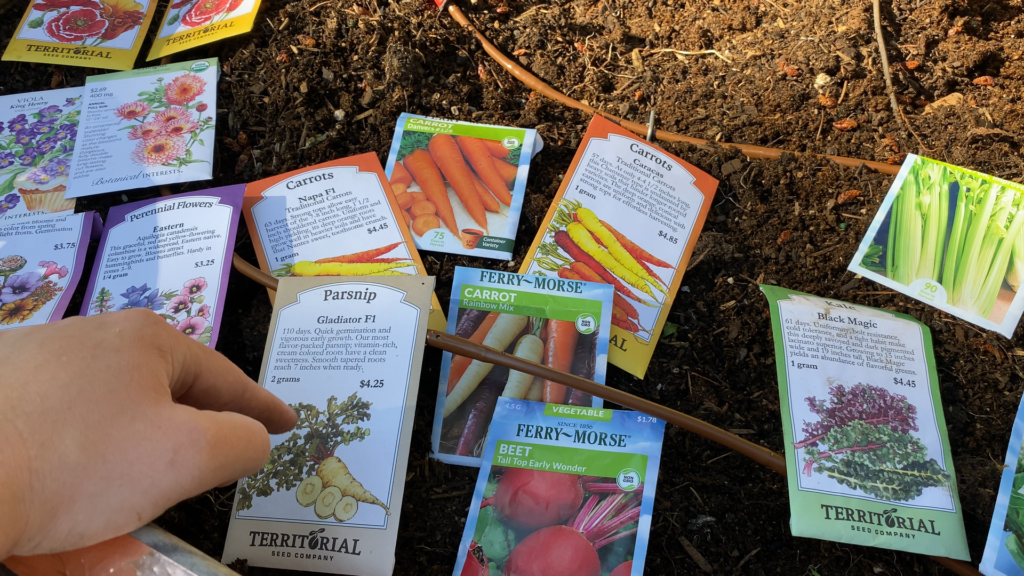
Brassicas like broccoli, cauliflower, and brussels sprouts do extremely well in cold temperatures, even getting sweeter with frost. Leafy greens like lettuce, spinach, and chard are cold tolerant and shade loving, which means I can succession plant them. I can let these varieties continue under cover even after my last frost date.
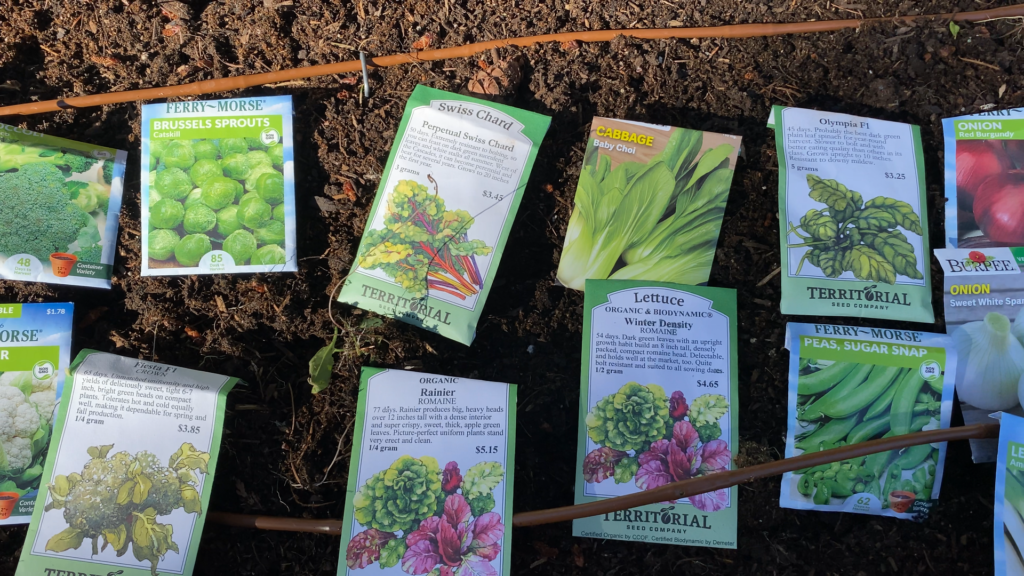
I will also be seeding multiple onion varieties in trays now to make my own onion sets to plant later in the fall.
Finally, I will be starting a second crop of potatoes in containers soon for a fall harvest, which I can move into the greenhouse if needed.
Tips and Tricks for a Fall Harvest
Here a few tips I would recommend to make sure your fall harvest is bountiful and nutritious:
- Stay on top of pests, such as slugs and snails, to keep your slower growing, more tender plants growing strong.
- Keep watering consistent, even as fall rains start. In the ground, plants need about an inch of water a week, but raised garden beds dry out more quickly. Check your soil frequently and keep a watch for signs of stress.
- Watch your weather forecasts. Just because the almanac says your first frost is a specific date doesn’t mean it won’t come earlier or later. Be prepared to cover your frost-adverse plants at a moment’s notice.
- Feel free to experiment with different crops and varieties. If a particular crop doesn’t do well, try another variety. If a crop does well – exploit it! Make a note in your gardening journal to remember for next year and tell your friends.
- Enjoy your fall harvest at peak freshness. However, some crops can store in the ground well, such as carrots, to be enjoyed throughout the winter. Just keep an eye on them so you don’t lose any to pests or rot.
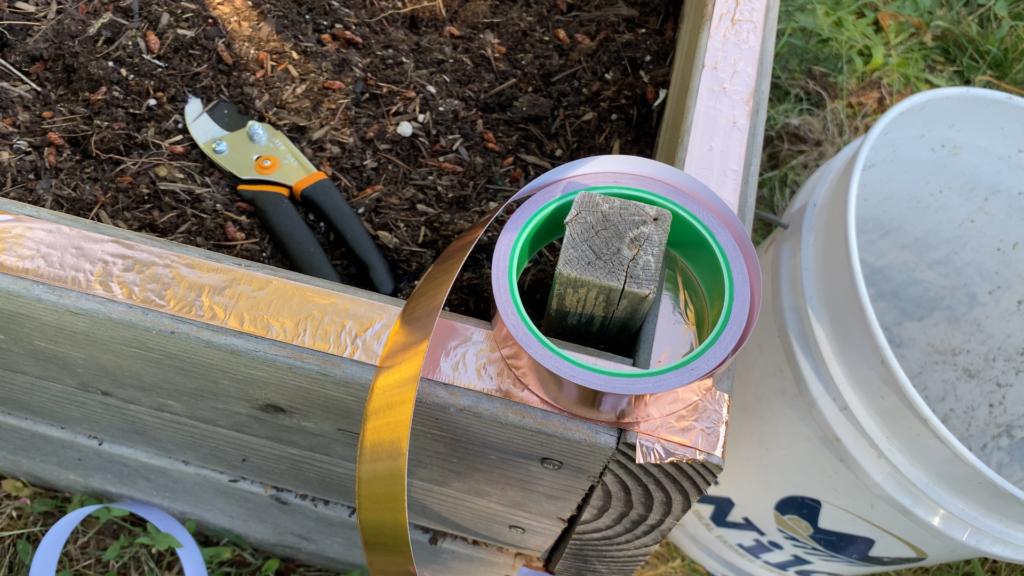
I hope this post inspires you to prepare your raised garden beds for a fall harvest!
Also check out my corresponding video on our Youtube Channel:
